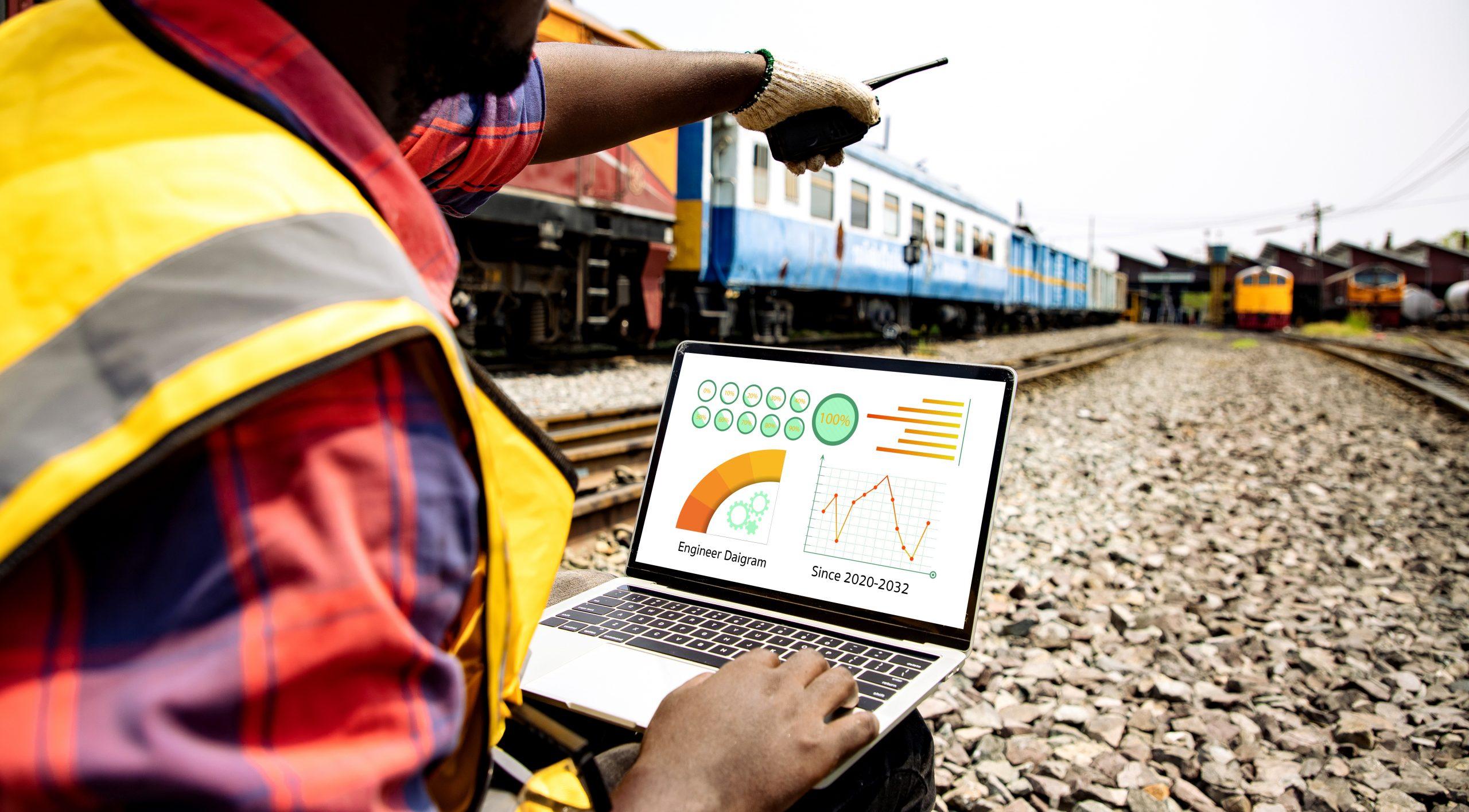
Why the Federal Railroad Administration’s Track Safety Standards Are So Important
The Federal Railroad Administration, or FRA, sets railroad safety standards that railroads and other track owners must follow in order to keep their lines as safe as possible, reducing the risk of accidents and injuries.
In fact, according to the FRA, all rail lines in the United States must be inspected regularly by engineers or other professionals who are certified to check tracks and report on their safety status.
It’s important to learn more about these safety standards if you regularly travel on trains or if you live near tracks that are used by trains such as freight cars and passenger coaches.
The Dangers of Railroads
Railroads are a key part of our transportation system, but they can also be a major safety risk. That’s why the Federal Railroad Administration (FRA) has implemented strict track safety standards that all railroads must adhere to.
These standards ensure that tracks, vehicles, and other infrastructure are kept in safe working conditions, minimizing the risk of injury or death from derailments, collisions, and other rail-related incidents.
The FRA’s track safety standards cover everything from track structure and maintenance to inspection and enforcement requirements. For example, all tracks must be inspected regularly for defects and wear and tear. During inspection, if there are any potential hazards to the track, they must be addressed immediately.
The standards also specify how frequently certain types of equipment must be inspected, what kind of protective gear should be worn by workers, and how to handle hazardous materials safely.
It’s important to note that the FRA’s track safety standards are constantly evolving as new technologies are developed and new safety issues arise. This means that all railroad companies must stay up to date with the latest rules and regulations to ensure that they are operating as safely as possible.
At the end of the day, following these safety standards can mean the difference between life and death when it comes to railroads. It’s essential for everyone involved, from passengers and employees to the public at large, that these standards are taken seriously and adhered to at all times.
The Importance of Railroad Safety Standards
The Federal Railroad Administration (FRA) is responsible for establishing safety standards for the nation’s railroads. The FRA’s track safety standards are designed to ensure that railroad tracks are kept in good condition and meet all safety requirements.
These standards cover everything from the proper maintenance of track components to the installation and inspection of railroad crossings.
Railroad tracks must meet stringent safety requirements to prevent derailments and other catastrophic accidents.
The FRA’s track safety standards help to ensure that all railroads meet these requirements. By following the guidelines established by the FRA, railroad operators can ensure that their tracks are safe for both passengers and freight.
In addition to setting safety standards, the FRA also oversees the enforcement of its regulations. If a railroad is found to be in violation of any of the FRA’s track safety standards, it can face fines or even temporary shutdowns.
The FRA also conducts periodic inspections of railroad tracks to make sure they remain in compliance with its regulations.
The Benefits of Following Railroad Safety Standards
Adhering to safety standards set by the Federal Railroad Administration (FRA) is essential to protecting both passengers and railroad employees.
The FRA has established a comprehensive set of track safety standards that must be followed in order to ensure a safe railway system. These standards cover a range of topics, from rail inspection and maintenance requirements to safety rules for operating on the track.
The benefits of following these standards are numerous. Track safety standards help to prevent derailments and other accidents caused by faulty or worn-out rails or tracks.
They also help to reduce the risk of injury or death from collisions with other trains, structures, or people on the track. Finally, they ensure that the tracks are well-maintained and meet safety regulations in order to protect the public from harm.
By adhering to FRA track safety standards, railroads can also benefit from improved performance and reliability.
Properly maintained tracks are less prone to degradation and wear, which can lead to improved efficiency, fewer breakdowns, and fewer delays. This ultimately saves money for the railroad industry and provides a better experience for their customers.
R&S Track Maintenance Inc. – Keeping Railroads Compliant to the Federal Railroad Safety Standards
At R&S Track Maintenance, we understand that the federal railroad administration’s track safety standards are essential to ensure that all railroads across the United States remain safe and reliable for passengers, crew, and freight.
These standards are designed to provide a level of safety that is regularly monitored and enforced to protect people and property. Our goal is to ensure that all railroads in the U.S. are as safe as possible and remain up to code.
Contact us to learn more about our railroad installation and maintenance services!
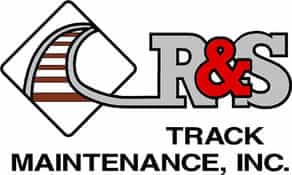
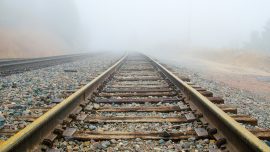
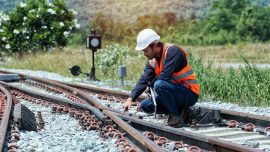
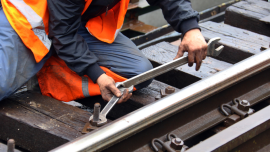
0 comments
Write a comment